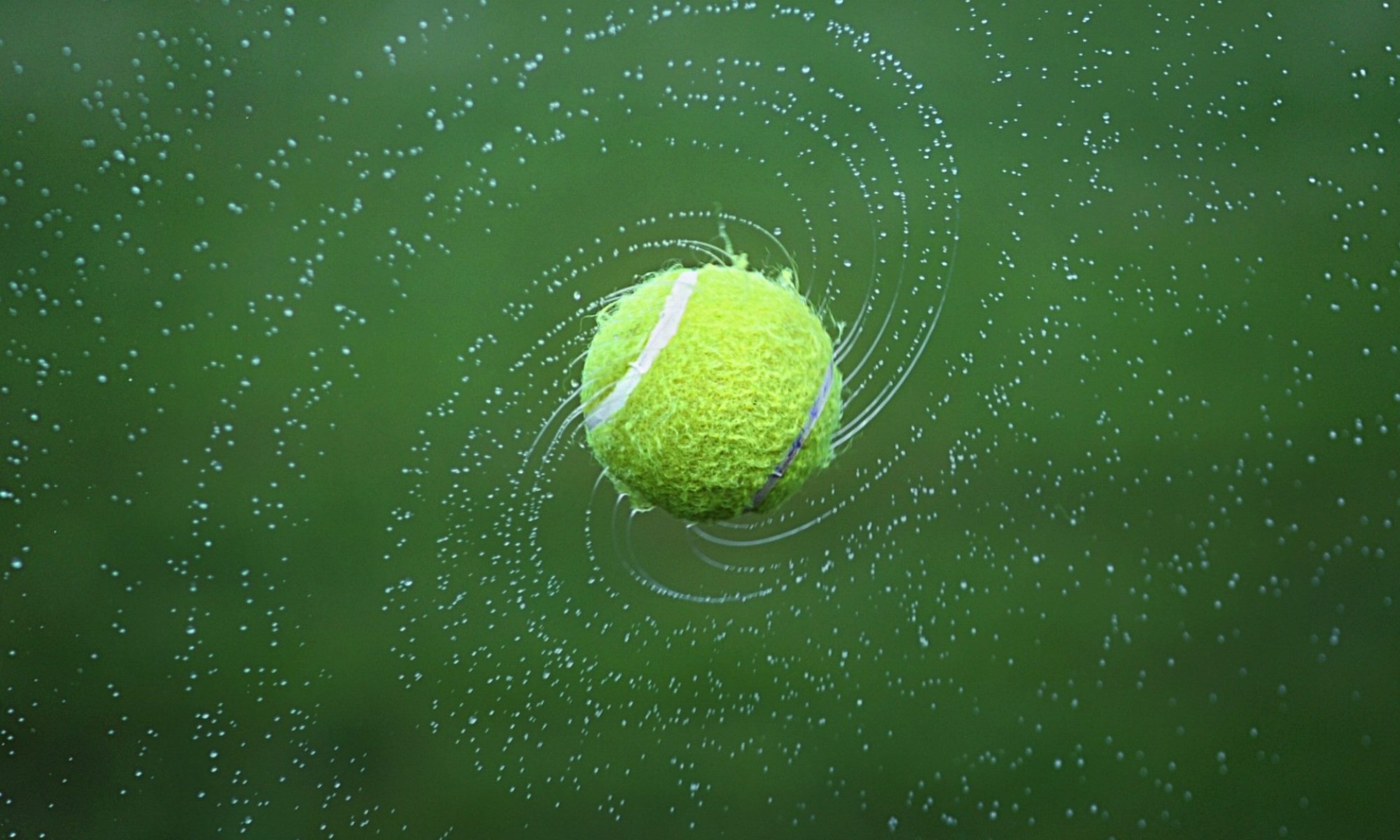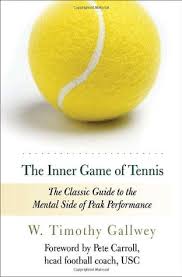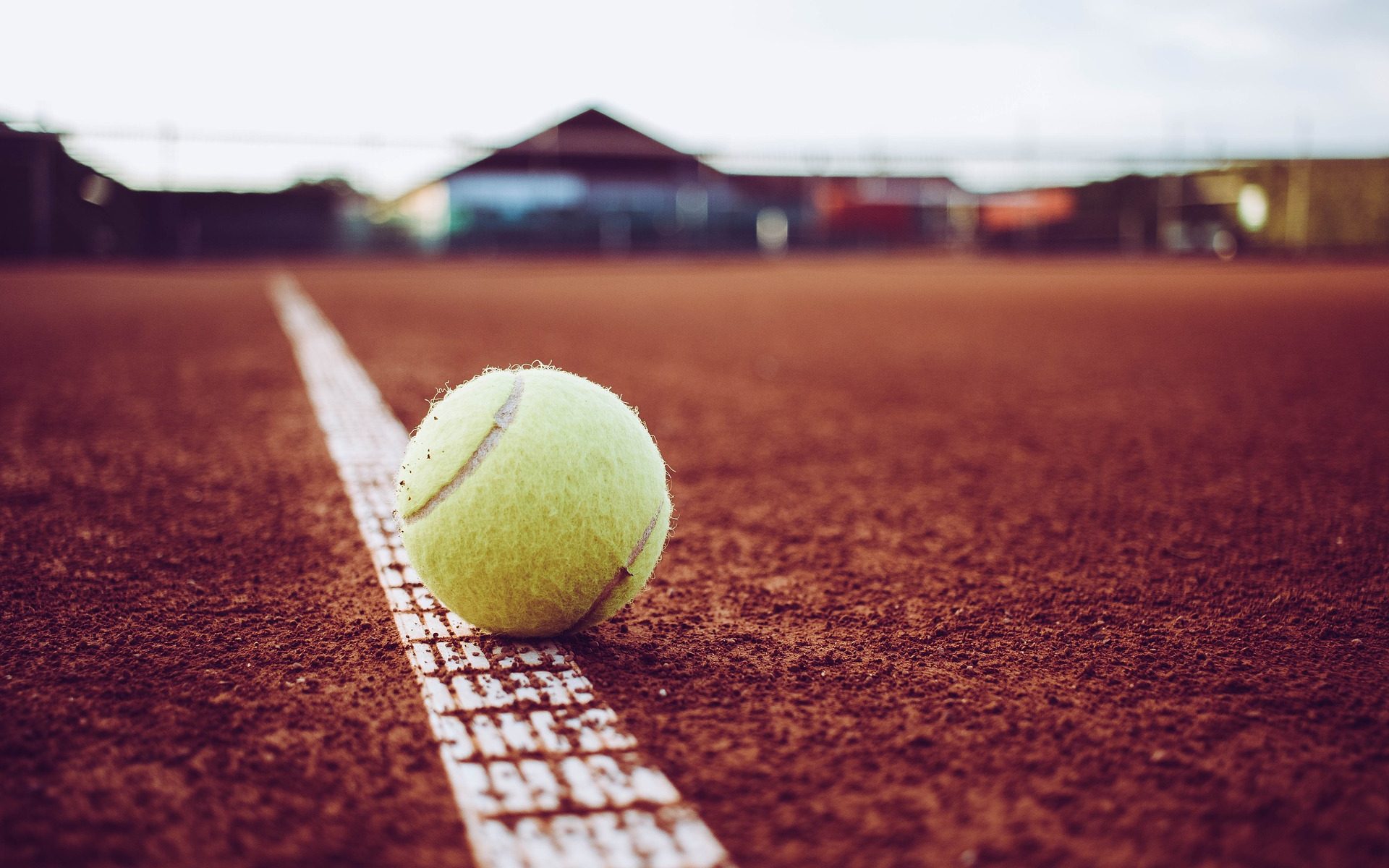Consistent setup = consistent shots
The key to winning tennis matches at every level is consistency. To consistently hit your shots in, you need to setup the same way when ever possible. Getting into position to hit from your strike zone will allow you to hit more consistent, effective shots.
- Quick first step: To get set up early you need to get to where the ball is as soon as possible. The best way to do that is by having a quick first step. Use a split step to accomplish this. Hop lightly on the balls of your feet as your opponent hits the ball. From there you are ready to move in either direction.
-
Find your strike zone: Notice where the ball is in relation to your body when you are hitting comfortably. How high is it? How far away from your body is it? Once you identify the ideal strike zone for you, make sure you get into position to hit from that spot.
Try the tips above to set up early and hit from your strike zone, for more consistent shots. Remember to keep your feet moving, taking small adjustment steps whenever possible. Play consistent tennis and watch your winning percentage go up.



